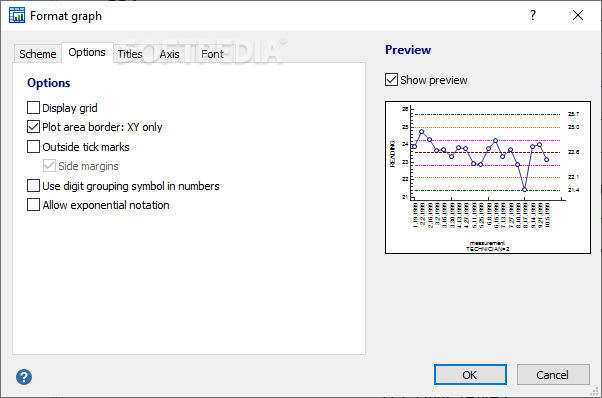To download the Zinstall WinWin, click here. Your License Information. Your serial number is sent to your email address automatically upon purchasing the. To create more accurate search results for Zinstall Win Win Complete With try to exclude using commonly used keywords such as: crack, download, serial, keygen. Zinstall Enterprise Migration Suite The Suite can be used for corporate-wide, concurrent migrations - and fully supports domain controllers, active directories, permissions and policies.


Contents • • • • • • • • • • • • • • • • • History [ ] The term active pixel sensor was coined in 1985 by Tsutomu Nakamura who worked on the Charge Modulation Device active pixel sensor at, and more broadly defined by in a 1993 paper. Image sensor elements with in-pixel amplifiers were described by Noble in 1968, by Chamberlain in 1969, and by Weimer et al. In 1969, at a time when – that is, pixel sensors without their own amplifiers or active noise cancelling circuitry – were being investigated as a solid-state alternative to.
[ ] The MOS passive-pixel sensor used just a simple switch in the pixel to read out the integrated charge. Pixels were arrayed in a two-dimensional structure, with an access enable wire shared by pixels in the same row, and output wire shared by column. At the end of each column was an amplifier.
Passive-pixel sensors suffered from many limitations, such as high, slow readout, and lack of. The addition of an amplifier to each pixel addressed these problems, and resulted in the creation of the active-pixel sensor. Noble in 1968 and Chamberlain in 1969 created sensor arrays with active MOS readout amplifiers per pixel, in essentially the modern three-transistor configuration. The CCD was invented in October 1969 at. Because the MOS process was so variable and MOS transistors had characteristics that changed over time ( instability), the CCD's charge-domain operation was more manufacturable and quickly eclipsed MOS passive and active pixel sensors.
A low-resolution 'mostly digital' N-channel imager with intra-pixel amplification, for an application, was demonstrated in 1981. Another type of active pixel sensor is the hybrid infrared focal plane array (IRFPA) designed to operate at temperatures in the. The devices are two chips that are put together like a sandwich: one chip contains detector elements made in or, and the other chip is typically made of silicon and is used to read out the photodetectors. The exact date of origin of these devices is classified, but by the mid-1980s they were in widespread use. By the late 1980s and early 1990s, the CMOS process was well established as a well controlled stable process and was the baseline process for almost all logic. There was a resurgence in the use of passive-pixel sensors for low-end imaging applications, and active-pixel sensors for low-resolution high-function applications such as retina simulation and high energy particle detector.
However, CCDs continued to have much lower temporal noise and fixed-pattern noise and were the dominant technology for consumer applications such as camcorders as well as for broadcast cameras, where they were displacing. Fossum, who worked at et al., invented the image sensor that used intra-pixel charge transfer along with an in-pixel amplifier to achieve true correlated double sampling (CDS) and low temporal noise operation, and on-chip circuits for fixed-pattern noise reduction, and published the first extensive article predicting the emergence of APS imagers as the commercial successor of CCDs. Between 1993 and 1995, the Jet Propulsion Laboratory developed a number of prototype devices, which validated the key features of the technology.
Though primitive, these devices demonstrated good image performance with high readout speed and low power consumption. In 1995, being frustrated by the slow pace of the technology's adoption, Fossum and his then-wife co-founded Photobit Corporation to commercialize the technology. It continued to develop and commercialize APS technology for a number of applications, such as web cams, high speed and motion capture cameras, digital radiography, endoscopy (pill) cameras, and camera-phones. Many other small image sensor companies also sprang to life shortly thereafter due to the accessibility of the CMOS process and all quickly adopted the active pixel sensor approach. Most recent, the CMOS sensor technology has spread to medium-format photography with being the first to launch a medium format digital back with a -built CMOS sensor. Fossum now performs research on the Quanta Image Sensor (QIS) technology. The QIS is a revolutionary change in the way we collect images in a camera that is being invented at Dartmouth.
 In the QIS, the goal is to count every photon that strikes the image sensor, and to provide resolution of 1 billion or more specialized photoelements (called jots) per sensor, and to read out jot bit planes hundreds or thousands of times per second resulting in terabits/sec of data. Comparison to CCDs [ ]. This section does not any. Unsourced material may be challenged.
In the QIS, the goal is to count every photon that strikes the image sensor, and to provide resolution of 1 billion or more specialized photoelements (called jots) per sensor, and to read out jot bit planes hundreds or thousands of times per second resulting in terabits/sec of data. Comparison to CCDs [ ]. This section does not any. Unsourced material may be challenged.
Latest Posts
- Separation Studio Keygen Idm
- Supercalc 55 Download
- Stm Bengali Typing Software Crack Version Of Dreamweaver
- Lal Kitab Book In Bengali Pdf
- Saman E Bakhshish Pdf Free
- Autocad 2006 Keygen Serial Number
- Download Free Crusaders Scratch Rar
- Software Akuntansi Koperasi Gratis
- File Playercorefactory Xml Download
- Download Cantata 147 Bach Organo Pdf Free